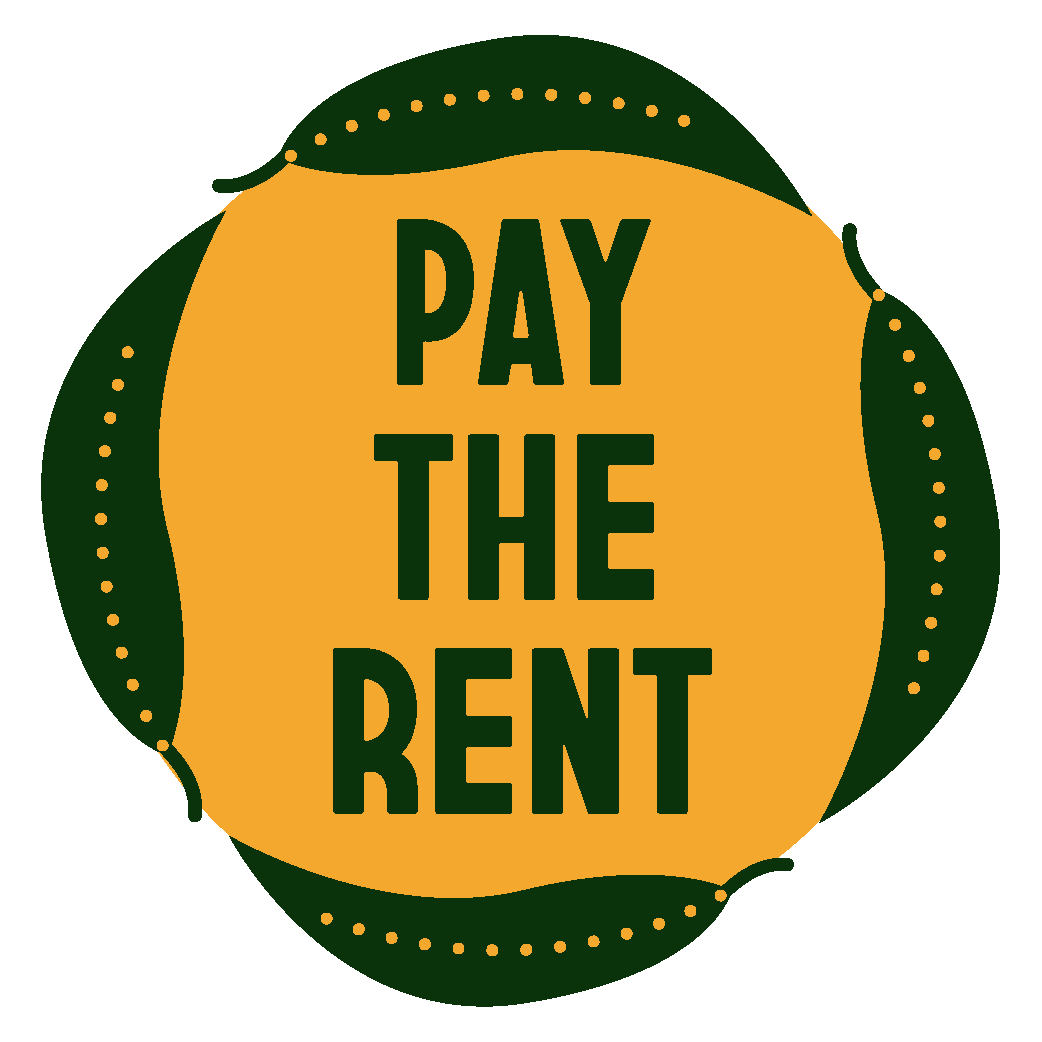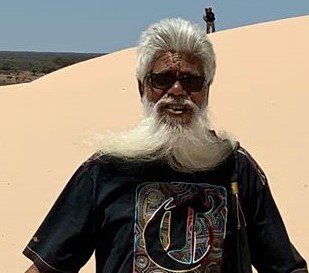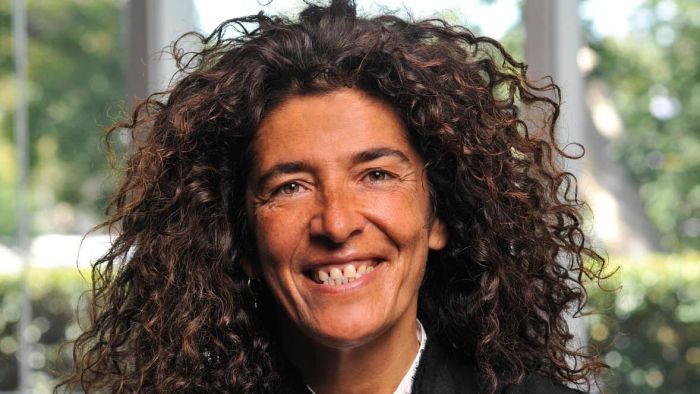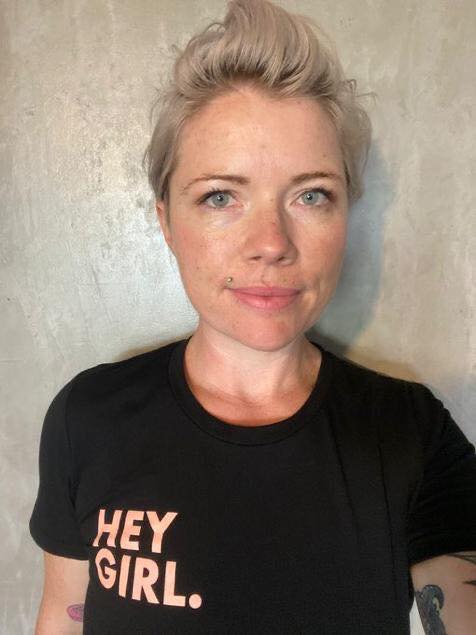practicalities

practicalities

“Decisions about the distribution of money paid into this fund will be made exclusively by a Sovereign Body, composed of Aboriginal people from a range of clans and nations. That is, the money always and only belongs to Aboriginal people.
The Sovereign Body is supported by a Corporate Arm of non-Indigenous volunteers who execute the decisions of the Sovereign Body. Members of the Corporate Arm give their time freely.
This Pay the Rent initiative is national. If you would like to hear about our developments, please sign up to our mailing list.
We are all committed to best practice principles and practicalities in Pay the Rent. Over time we expect to make small refinements to this scheme as we learn, act and reflect.
How to Pay?
Through this Pay the Rent collective you can make once off credit card contributions or ongoing credit card contributions.
If you do not have access to a credit card, that’s ok. Click here to find out how to pay by direct debit.
Who Should Pay?
Any non-Indigenous person, organisation, or business using or benefiting from First Nations’ land should Pay the Rent. It is appropriate to Pay the Rent for special events held on First Nations’ land, such as weddings, conferences or festivals.
How Much To Pay?
It is recommended that non-Indigenous people pay a percentage
of their income each year as Rent, rather than a fixed amount. One percent is a good rule of thumb.
This is more equitable, and it means those who can afford to pay more do so.
A percentage could also be paid in Rent for special events for example, as a percentage of expenditure on a wedding, or a festival’s income.
Where does the money go?
100% of rent paid is under the control of Aboriginal people.
Rent is paid for the land you live on and/or benefit from. For most of us, the footprint of our lives is much larger than the land we physically live on. Recognising that most non-Indigenous people benefit in myriad varied ways from the theft of land across the continent, it might also be appropriate to Pay the Rent in a way that also compensates Aboriginal people from whose lands are drawn resources like electricity, timber, water, mining and agricultural products and where waste is disposed and so on.
Ideally, rent is paid to a local group; but dispossession since settlement has decimated some nations and/or clans and made it hard to establish who to pay.
Also, given that there are many more people living in cities, paying only to local groups would disadvantage groups in country areas. Over time, as First Nations people strengthen or re-establish connections with country or organise in new ways, it will hopefully get easier to Pay the Rent to local groups.
This Pay the Rent collective acts as a centralised distribution body which can make decisions about how best to support Aboriginal people. It has chosen to support grassroots First Nations people working to strengthen any one of the five interconnected pillars of Aboriginal sovereignty and belonging: Land, Law, Kinship, Ceremony, Language (see more).
